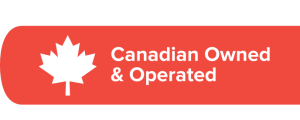A time free of both home and work roles, there’s a reason you may be missing the personal time the commute created
Folks on social media were having a bit of fun recently at the expense of this article headline: “You need to detach and psychologically recover from work, professors say. Commuting is a liminal space where that can happen.”
“The ‘you need to work in person’ propaganda is getting out of hand,” tweeted one. “They really don’t want to foreclose on skyscrapers, do they?” tweeted another.
And yes, to remote workers who have been regularly lectured to (or mandated), often on specious grounds, that they need to be back into the office for their own good, the suggestion was a bit tone deaf. But the research does hold some water.
“We sought to understand what it was that people missed when their commutes suddenly disappeared. During the shift to remote work, many people lost this built-in support for these important daily processes,” writes Matthew Piszczek, in NPR. “Without the ability to mentally shift gears, people experience role blurring, which can lead to stress. Without mentally disengaging from work, people can experience burnout.”
That research found that occasional longer commutes were even more beneficial ― workers came home more detached.
The point isn’t that commuting itself is good, but that commuting served an overlooked function in work-life balancing as a buffer between the two worlds. Even those enthusiastic about remote work have noted that the blurring of those boundaries tends to mean they work more, and escape from work less.
Though it didn’t make for buzzy headlines, the authors even offered some suggestions for replicating this at home, writing, “Our findings suggest that remote workers may benefit from creating their own form of commute to provide liminal space for recovery and transition ― such as a 15-minute walk to mark the beginning and end of the workday.”
Content written by Kieran Delamont for Worklife, a partnership between Ahria Consulting and London Inc. To view this content in newsletter form, click here.




